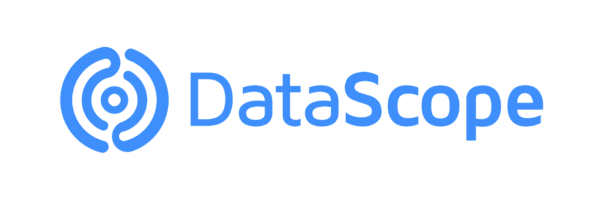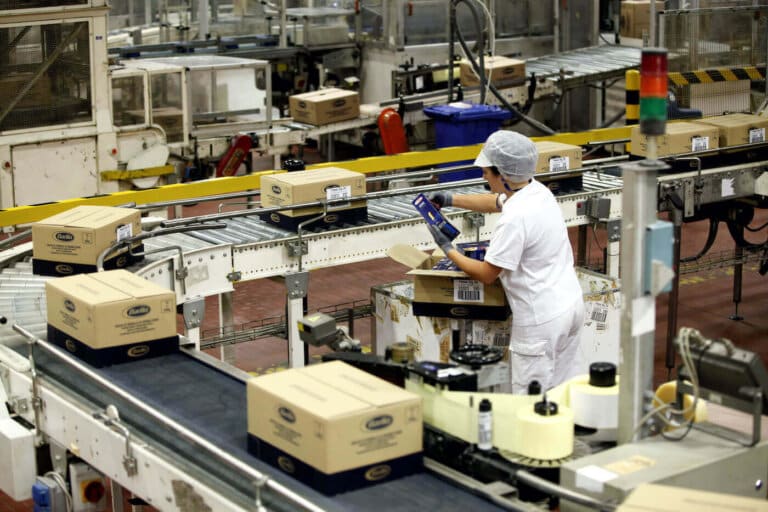The speed and demand of an increasingly competitive market, demands organizations to optimize their control tasks through applications that streamline processes and optimize results, taking advantage of all the advantages that disruptive digitization offers today.
The accelerated modern technological evolution drives us in to constant advances that significantly facilitate the daily activities of both individuals and organizations. One of the areas that, precisely, most benefits itself from this disruption is the business-production sector, where digital transformation translates into more and more efficiency and competitiveness every day.
A concrete example of this evolution is the offer of new technologies developed in order to optimize “on-site inspections”, allowing them to be carried out in a safer, neater and more efficient way, in all the multiple fields in which they are applied. An advance that, in the current competitive scenario, is essential in order to achieve better quality, traceability, safety and availability of the final product or service.
KEY ASPECTS
All on-site inspections uses a base list of quality verifiers, better known as “checklist”. This allows one or more inspector or supervisor to verify and compare the quality of a product or service in the field, in order to determine if it meets the previous specifications established by the respective manufacturer or organization. If, based on the comparison of these data, the inspector discover any failure or inconsistency, the product is discarded, or an operational error alert is issued, as appropriate. Especially if the failure or error carries any associated risk, both for the process itself, and for the consumer or end user of said good or service.
However, in a high proportion, these checklists are still prepared, and applied, manually, using templates or static forms installed on a single computer, or even with mechanized paper processes that generally require more worker-hours and represents more risk of failure.
Maintaining these anachronistic processes not only translates into high inefficiency, but also low traceability of the process and low visibility in real time. It also involves an unnecessary expense of manual storage or file resources. In addition, it carries a high risk of contingencies, due to the greater probability of human error.
Moreover, in a context where the speed and agility of processes is key to provide timely responses to an increasingly demanding market, the development of new digital solutions and applications that specifically cover this operational need, is essential for companies and organizations to save costs, optimize their performance and ultimately be more competitive.
SPECIALIZED OPTIONS
The market currently offers various mobile application options for security on-site inspection tasks, which provide decisive advantages such as:
– Geo positioning devices, through the GPS of the phone or tablet, that allow verify if the checklist works in the correct place, as well as guarantee that the respective actions are on time and in the relevant place.
– Smart scheduling, that optimizes execution times, in order to prevent any delay of production or delivery of a service. This is possible by establishing an optimal limit to apply the checklist in the field, by the inspector. This avoids loss of time and / or valuable resources for the organization.
DIGITAL CHECKLIST
From the point of view of the ordering of processes, cleanliness, hygiene and occupational safety, the new digital applications seek to improve all administrative controls that identify and analyze situations or conditions that are far from normal, and that may cause negative changes or contingencies.
Each new development aims to facilitate the inspector’s work, through a set of functions aimed at automatically detecting and alerting the presence of negative patterns such as: damage to inputs or organizational assets; negative impacts on the environment; incidence of occupational diseases and rates of work accidents, among others.
The most transversally solution recommended by experts is the use of mobile applications that create digital checklists, directly installed on each inspector’s mobile devices (phones or tablets). These tools have the ability to import data from a corporate CRM or ERP, export documents, and work in offline mode (when the signal is lost), with automatic sending of reports, once the network connection is back online.
Such a battery of advantages translates directly into significant savings of supplies and time for the entire process, as they not only allow constant updates to the inspection parameters, but also facilitate the search for errors or inconsistencies. It is also possible, for example, to carry out digital checklists from a mobile device connected by a GPS network, in order to identify in real time the location of the work, or activity, inspected, as well as the exact location of personnel in the field. They also allow sending and receiving information online to and from the headquarters or central office. Something that, using only offline papers or forms, would be impossible.
In addition, an inspector working with a digital checklist that directly connects his phone or tablet to the company’s server or cloud, will have access to a more specific and agile overview of the parameters which he needs to review. This will allow him to more quickly analyze of different phases of the process, and instantly recognize any errors or failures that may be registered. He can even update the parameters of the checklist by himself, and not have to wait, for example, to his supervisor upgrade the program on his computer or notebook.
MOBILE FORMS AND MONITORING NETWORKS
If we transfer the value of digital mobile field inspections directly to a factory production line, we will see that this technology gives the entire quality control process a new dimension of efficiency, which translates itself into more safety, reliability and confidence. All this advantage could be reality, through applications that also allow greater automation of the review processes. This, in turn, ensures that on-site inspection be actively incorporated into the comprehensive management of the entire supply chain, production and logistics of the company, transmitting, instantly, critical information for the success of all these processes.
In these cases, the most pertinent solution lies in implementing, for example, mobile forms and online notifications, applied even both on the production line and in the product distribution network itself. This is how work, for example, the applications used in the food industry operate. These particular solutions combine the use of these mobile forms, with sensor networks located in packaging plants, transport vehicles and final collection centers.
This provides an optimal traceability tool, which ultimately enables better contingency management. It also makes possible to optimize the pertinent corrective actions, and better organize the work agenda of the professionals in charge of quality control. In turn, this makes more fluid the collaboration between the team and its leaders, because they not only share the same form, but also can have instantly and simultaneously feedback of any failure or corrective action that must be applied in time, at some point of the production-logistics chain.
Another field of on-site inspections optimized by the strategical support of mobile applications is security. For example, the correct app can control and secure that the activities carried out by different participants in a production chain will be in accordance with the right official company’s standard, previously defined in the corresponding checklist.
In this way, it will also be possible to standardize the criteria for compliance or non-compliance with the different established parameters, in order to carry out more efficient, safe and productive on-site inspections.
This applies not only for industries or factories, but also for any company or organization, including from businesses, to offices and public entities, among others, because all of them need processes and activities executed in the most efficiently way, and in the best conditions, in order to benefit their core business. A recent success example in our scenario corresponds to a company that, thanks to security inspections carried out using mobile applications, reduced the use of 48,000 sheets of paper per year. This translated into multiple benefits for administration productivity, and less impact on the environment. An objective that reaffirms the usefulness of this technological advance, both for the business and for whole society.
Another successful case in Chile is a well-known retail chain, which implemented, in mid-2019, in its administration and finance area, a management solution that included online security inspections, derived from a SAP platform. The implementation helped the organization to reduce the issuance of Purchase Orders and Nil Invoices by more than 30%. This achievement not only improved its internal management, but also optimized the use of strategical energy resources, such as electricity and the telecommunications network. Consequently, its carbon footprint and impact on the environment were significantly less.
Of course, to take full benefits of all these advantages, the company need trained personnel. This means professionals whom have the skills and necessary knowledge, in order to carry out a successful y efficient process. Objective that, thanks to the availability and development of products that offer simple and friendly interfaces, is becoming easier and faster to achieve for all modern and competitive organizations.
DataScope is a platform which allows various industries to streamline, organize and evaluate the work of their field staffs thanks to online forms which provide real time indicators 100% adaptable to any field.








